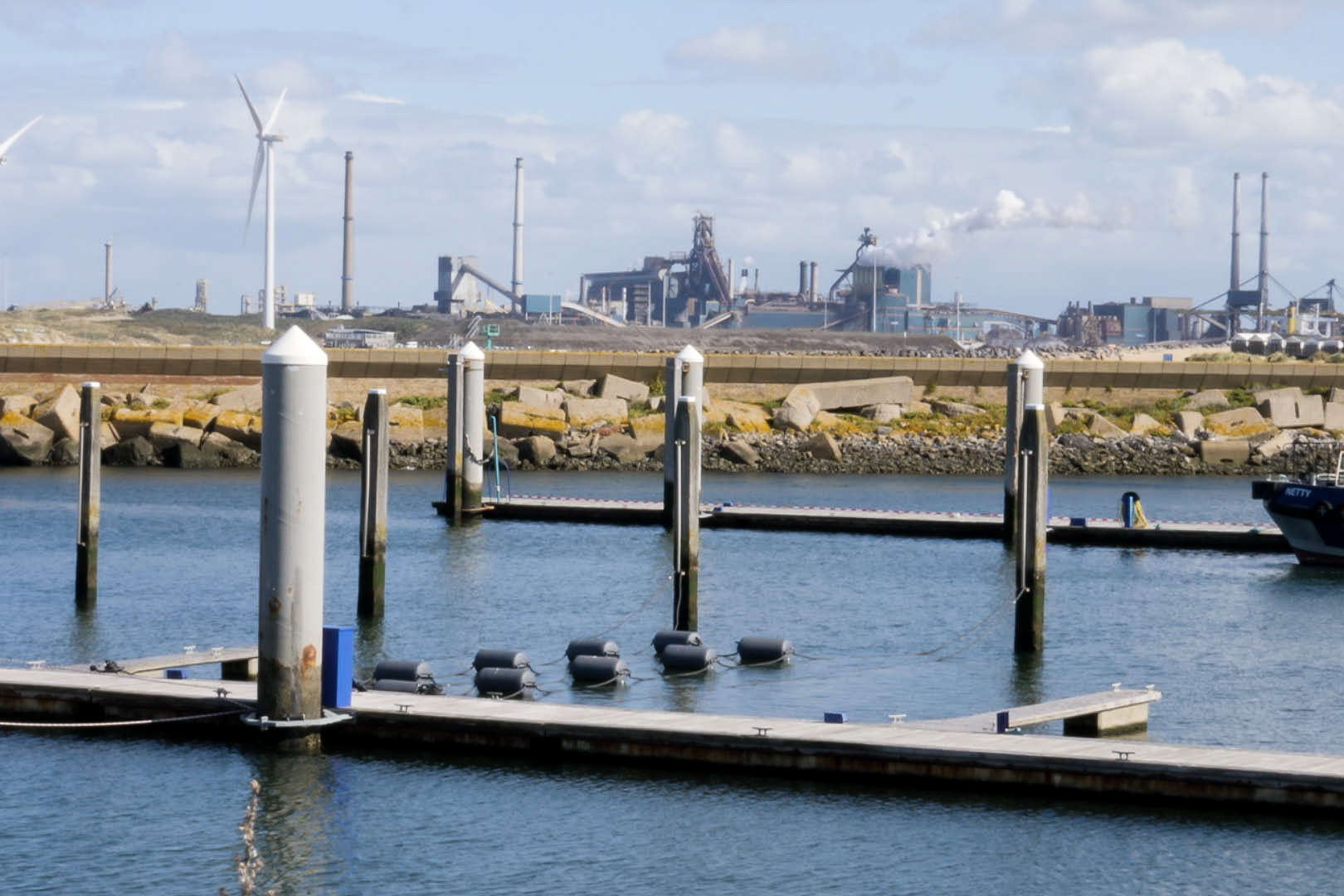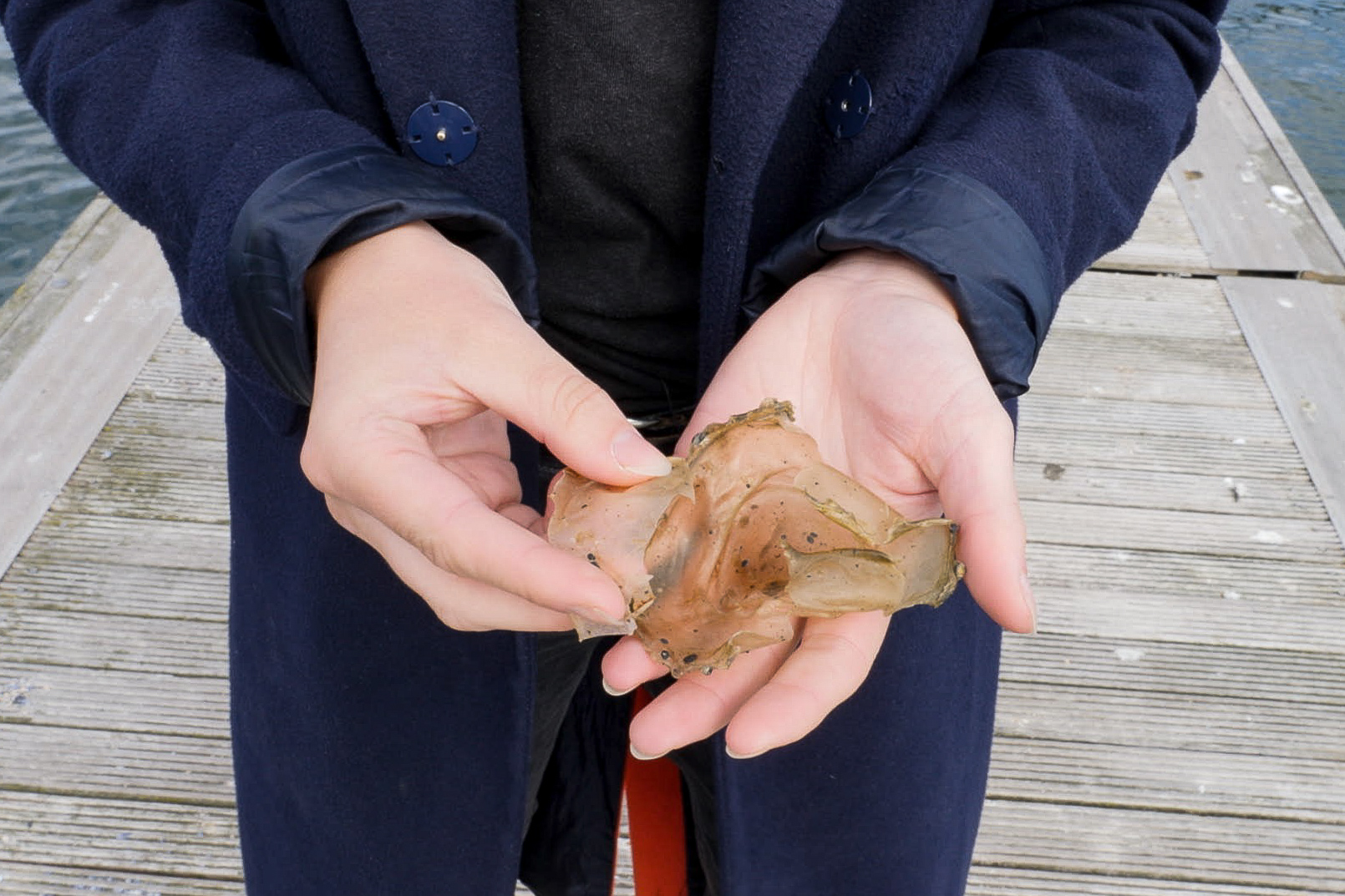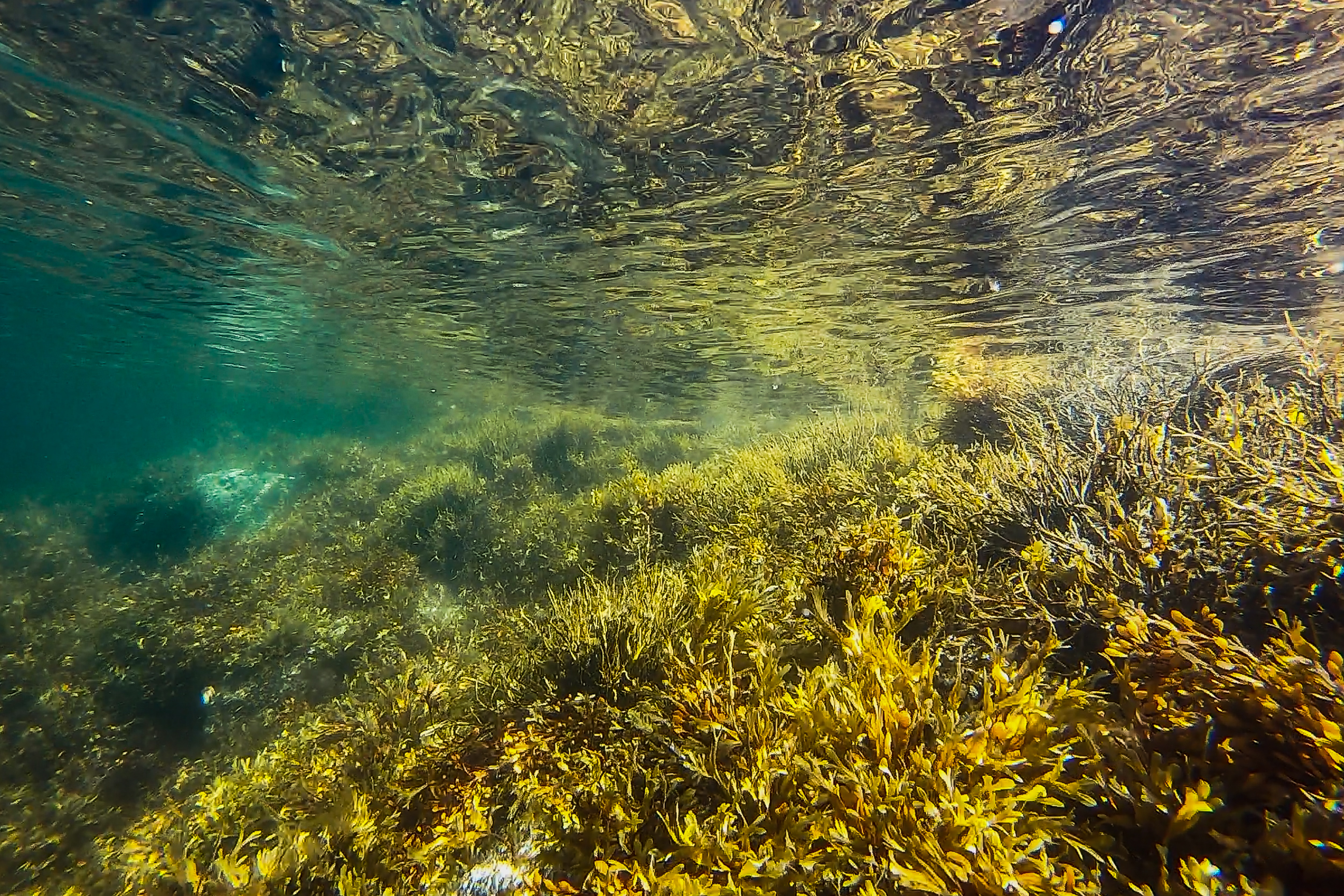
- Sustainable Planet -
- 3mins -
- 696 views
This Dutch sea farm filters polluted water and captures CO2… with seaweed!
Seaweed purifies polluted water, boosts biodiversity, enriches our seas and oceans with oxygen and captures CO2. When Nikki Spil discovered this, she didn’t hesitate for a second. In the middle of the Dutch harbour IJmuiden she started Sea Farm IJmond.
Getting started
The harbour of IJmuiden might very well be one of the strangest places in the Netherlands. On one side lie the pristine dunes, on the other the smoking chimneys of big companies like Tata Steel dominate the view. Because of this, Nikki Spil and Sjoerd Laarhoven decided to start Sea Farm IJmond. “If you’re constantly in this area, you can literally see the pollution float by”, Nikki says. “Especially on stormy days there is no way around it. Sjoerd and I wondered whether there was anything we could do to tackle this problem.”

The green solution
Seaweed turned out to be the answer. The kelp doesn’t only function as a biofilter (which means it purifies pollution from the water), but it also creates more biodiversity. Nikki: “Our farm sometimes looks just like a fish hotel: they love to lay their eggs in the weed.”
Alternative to plastic
Despite the fact that the sea farm doesn’t cover many square meters (yet!), every year Nikki and Sjoerd are able to harvest between twelve and sixteen thousand kilos of wet seaweed. “After the harvest we bring the seaweed to a refinery in Petten. There they purify it and turn it into a natural fertiliser. The rest is being prepared for bioplastic as we speak.”

Regenerative
The unique thing about Sea Farm IJmond is that the enterprise deliberately chose not to grow seaweed in the most optimal location, but to do it in a place where nature could use a hand. “It’s our dream to build purifying farms in all the polluted waters of the Netherlands in order to contribute to the health of our underwater ecosystems as much as possible”, Nikki explains.
Lungs of the world
To turn this dream into reality, the sea farm needs to scale. Therefore, the enterprise will soon start to enable companies to compensate their CO2 by investing in the farm. Nikki: “People often think that trees can provide the world with the biggest amount of oxygen, but actually it’s the algae. They’re the lungs of the Earth.”

Connecting companies to nature
By offering this eco service, Nikki hopes to make the big companies in question more aware of their impact on the Earth – and more specific on the underwater world. “When we talk about climate change, we often focus on what’s happening on the land. The consequences for life underwater tend to be forgotten. With the sea farm we want to show companies that there is a different way. How awesome would it be if every enterprise wouldn’t put financial profit, but collaborating with nature at the top of their priority list?!”
Ready for more inspiration? Check out this eco-friendly community in Spain!
We’ve created this story together with MaatschapWij and Behind the Change: two kick-ass online inspiration platforms!
